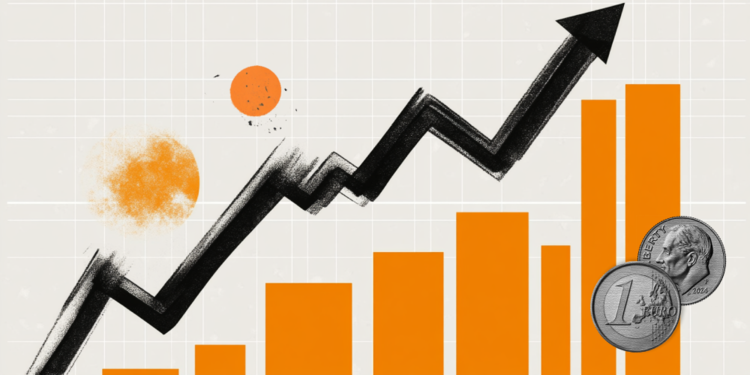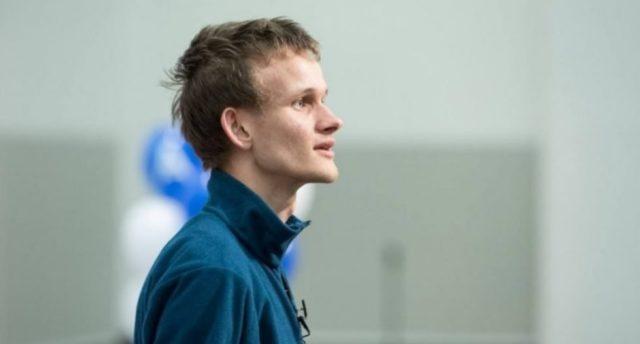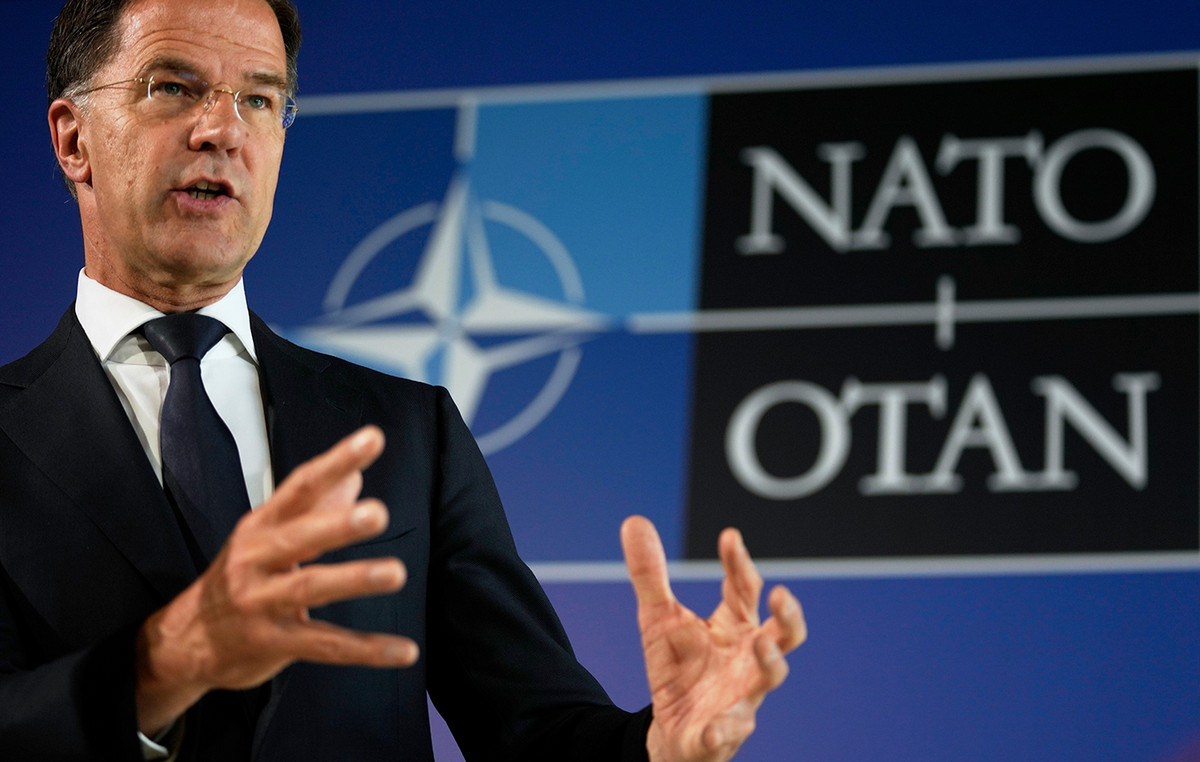The post-pandemic economic recovery has always been uneven, with different parts of the world returning to normal at different speeds.
But that inequality could worsen, creating headaches for policymakers, who need to manage what might happen next.
What’s Happening: The world’s biggest central banks will make advance statements about their policies this week.
But unlike the onset of the pandemic, when its actions to avert a global depression were well synchronized, responses to inflation and the new Ômicron mutation are expected to vary enormously.
Economists now believe that the Federal Reserve (the US Central Bank) should announce a quick reversal of its stock-buying program created for the pandemic to combat high prices.
In November, consumer prices in the United States rose at the fastest pace in nearly 40 years.
The Fed does not appear to be intimidated by concerns about the spread of the Omicron variant, as the United States has so far avoided implementing new restrictions.
Consumption still appears strong, and claims for unemployment benefits have recently fallen to their lowest level in 52 years.
“The history of the activity is still very good. Recent evidence that Ômicron is not having a big impact on consumer behavior,” said James Knightley, chief international economist at ING.
Meanwhile, in Europe, some restrictions were quickly reimposed by governments. Germany announced a national lockdown for the unvaccinated, barring them from access to the most essential services, and England is once again directing the population to work remotely if possible.
Even before the arrival of Ômicron, the economic recovery in Europe was slowing down due to problems in the supply chains and the high number of cases of coronaviruses. The UK economy grew just 0.1% in October.
This puts the Bank of England and the European Central Bank in a difficult position as they also try to fight inflation. If they move too quickly to withdraw supports and try to control prices, they risk reversing gains made in activity and jobs.
Knightley expects the Bank of England to refrain from raising interest rates this month, as previously expected. He added that the ECB could announce a transitional stock-buying program to avoid being on the edge of a cliff in March, when the pandemic-related buying era is expected to end.
Keeping an eye on China: Meanwhile, China isn’t thinking about when to tighten its policies, it’s back in easing mode as its economy slows and property developers default on debt.
Last week, the country announced it would cut the amount of money banks must hold in their reserves for the second time this year, freeing up $188 billion for business and loans.
“The need is high,” said Jeffrey Sacks, director of investment strategies for Europe, Middle East and Africa at Citi Private Bank. “Early summer economic data so far is weakening.”
China’s recovery started earlier than in Europe and the United States, so it ended faster. The government’s crackdown on excessive borrowing in the country’s real estate sector also contributed to the slowdown. But Beijing also needs to worry about high producer prices, Knightley noted.
Why It Matters: By March 2020, it was clear what central banks should do to avert a catastrophe. But reversing course now won’t be easy. The task is made even more difficult by regional differences that can obscure the direction of this journey.
“It’s a very, very difficult path for central banks to take right now,” Knightley said. “You have risks operating on both sides.”
Hopes Rise Amidst the Supply Chain Nightmare
Epic port congestion is easing. Freight prices are falling after very high levels. Deliveries are slowly accelerating.
Increasingly, there are signs that the supply chain mess is finally starting to get cleaned up, reports my colleague at CNN Business Matt Egan.
This is not to say that the supply chain nightmare is over. And the situation may not return to normal anytime soon.
Companies are still struggling with a worrisome shortage of truck drivers. Critical components, including computer chips, remain scarce.
And the Ômicron variant threatens to put new pressure on supply chains.
Still, there is evidence that bottlenecks are beginning to be unclogged. This is encouraging given that unprecedented stress on supply chains has contributed significantly to historic levels of inflation in the United States.
“I’m increasingly confident that the worst seems to be over,” says Matt Colyar, economist at Moody’s Analytics. “There is data suggesting that things are improving. But there is still a lot of uncertainty.”
Remember: Logistics networks came under enormous pressure when the world economy shut down at Covid’s inception – and then quickly reopened. Demand for products soared and Just-in-Time supply chains buckled under the pressure.
Coronavirus outbreaks and inconsistent health protocols around the world have added to the confusion.
But reasons for optimism can be found in recent economic reports.
For example, the backlog index in the Institute for Supply Management’s manufacturing survey dropped to 61.9 in November from a record high of 70.6 in May.
Backlogs are still growing, but at a slower pace. And supplier delivery rates appear to be improving, albeit at very low levels.
The Dallas Federal Reserve Bank Manufacturing Index showed that the level of backorders decreased in November and the amount of lead time for goods dropped.
“It will still take a long time for supply chains across the country to be fully restored, but at least the first steps seem to be in place toward normalcy,” wrote Thomas Simons, Jefferies economist, in a recent note to clients .
(Translated text. Click here to read the original)
Reference: CNN Brasil
I am Sophia william, author of World Stock Market. I have a degree in journalism from the University of Missouri and I have worked as a reporter for several news websites. I have a passion for writing and informing people about the latest news and events happening in the world. I strive to be accurate and unbiased in my reporting, and I hope to provide readers with valuable information that they can use to make informed decisions.







